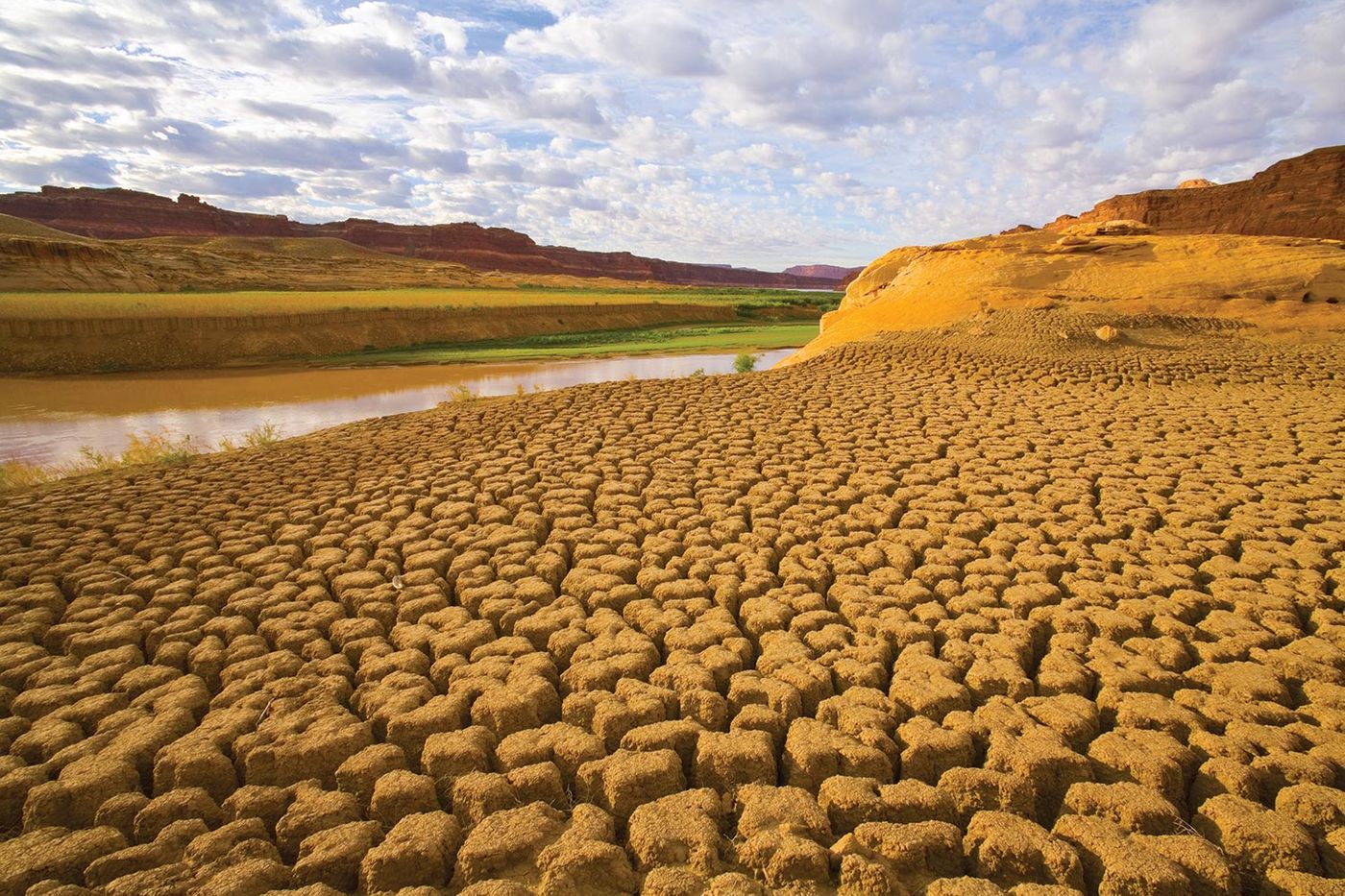The water is not where we want it
The water is not where we want it to be. Dry areas are only getting drier, and wet areas are only getting wetter – and the pattern is likely to continue, suggests a new satellite-based study of Earth's freshwater distribution published in Nature. The study was led by NASA researchers.
"This is the first time we've assessed how freshwater availability is changing, everywhere on Earth, using satellite observations," said Matt Rodell, lead author of the paper. "A key goal was to distinguish shifts in terrestrial water storage caused by natural variability -- wet periods and dry periods associated with El Niño and La Niña, for example -- from trends related to climate change or human impacts, like pumping groundwater out of an aquifer faster than it is replenished."
Distinguishing those differences is easier said than done, and the collaborating team members had to contemplate information from a broad range of databases in order to make a complete picture. These researchers analyzed 14 years of data from the Gravity Recovery and Climate Experiment (GRACE) mission as well as data from the ESSIC-led Global Precipitation Climatology Project; Landsat imagery from NASA and the U.S. Geological Survey; irrigation maps; and published reports of human activities related to agriculture, mining and reservoir operations. Covering 34 regions of the world from 2002-2016, the data suggest that global trends in freshwater are a result of human water management practices, human-caused climate change and natural climate cycles.
"What we are witnessing is major hydrologic change," said co-author James Famiglietti of NASA's Jet Propulsion Laboratory. "We see, for the first time, a very distinctive pattern of the wet land areas of the world getting wetter -- those are the high latitudes and the tropics -- and the dry areas in between getting dryer. Embedded within the dry areas we see multiple hotspots resulting from groundwater depletion."
Groundwater depletion is a big concern, given that we rely so much on it for our clean drinking water. Agriculture is one of the principle users of groundwater, using exorbitant quantities of water for irrigating water-thirsty crops. Drought is becoming a life and death problem more and more frequently around the world. Faster evaporation - due to hotter temperatures - from other sources of fresh water, like rivers, compounds upon the loss of groundwater.
"The pattern of wet-getting-wetter, dry-getting-drier is predicted by the Intergovernmental Panel on Climate Change models for the end of the 21st century, but we'll need a much longer dataset to be able to definitively say that climate change is responsible for the emergence of a similar pattern in the GRACE data," Famiglietti said. "However, the current trajectory is certainly cause for concern."
Sources: Science Daily, Nature









